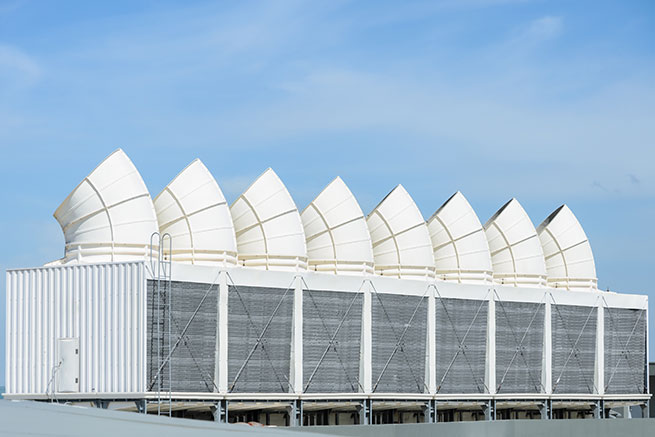Advanced Water
A company overview
EnquiriesThe Notification of Cooling Towers and Evaporative Condenser Regulations 1992 require the notification of wet cooling towers and evaporative condensers to local authorities in whose area the equipment is situated, regardless of whether the local authority or Health and Safety Executive is the enforcing authority.
The Regulations also require notification to the local authority of the closure of the device. Under general health and safety law, you have to consider the risks from Legionella that may affect your staff or members of the public and take suitable precautions.
If a person working under your control and direction is treated as self-employed for tax and national insurance purposes, they may nevertheless be your employee for health and safety purposes. You may need therefore to take appropriate action to protect them.
If you do not wish to employ workers on this basis, you should seek legal advice. Ultimately each case can only be decided on its own merits by a court of law.

Call our experienced team on:
At Advanced Water Technologies we want to keep you informed and we want to make sure that you have access to all the information you need. You can view all of our accreditations, find out about our services and view important links and legislation information. You can also call or email us by visiting our contact us page.
As an employer or a person in control of the premises (e.g. a landlord), you must:
If appropriate, notify the local authority that you have a cooling tower on site.
Before any formal health and safety management system for water systems can be implemented, a risk assessment has to be carried out to decide the possible risks. The purpose of the assessment is to enable a decision to decide:
The risk to health, ie. whether the potential for harm to health from exposure is reasonably foreseeable unless adequate precautionary measures are taken The necessary measures to prevent, or adequately control, the risk from exposure to Legionella bacteria. The risk assessment also enables the person on whom the statutory duty falls to show that all the pertinent factors, and the steps needed to prevent or control the risk, have been considered. It is the duty of the responsible person to make reasonable enquiries to ensure that organisations such as water treatment companies or consultants, together with personnel from the occupier’s organisation, are competent and suitably trained and have the necessary equipment to carry out their duties within the written scheme in a safe and adequate manner.
Health and Safety Executive - Safety Notice
Department Name: Specialised Industries Division
Bulletin No: SID 2-2012
Issue Date: 27 July 2012
Target Audience: Any industry sector which uses cooling towers or evaporative condensers
Key Issues: This safety notice draws attention to key aspects of the proper management of the risks from legionella.
This safety notice draws attention to key aspects of the proper management of the risks from legionella. It is informed by a recently completed review of outbreaks in the UK over the past ten years that shows common failings in control, and a potential risk of further legionella outbreaks, such as that in Edinburgh in June 2012. This notice refers to cooling towers and evaporative condensers but the principles apply to other water systems.
© Advanced Water Technologies